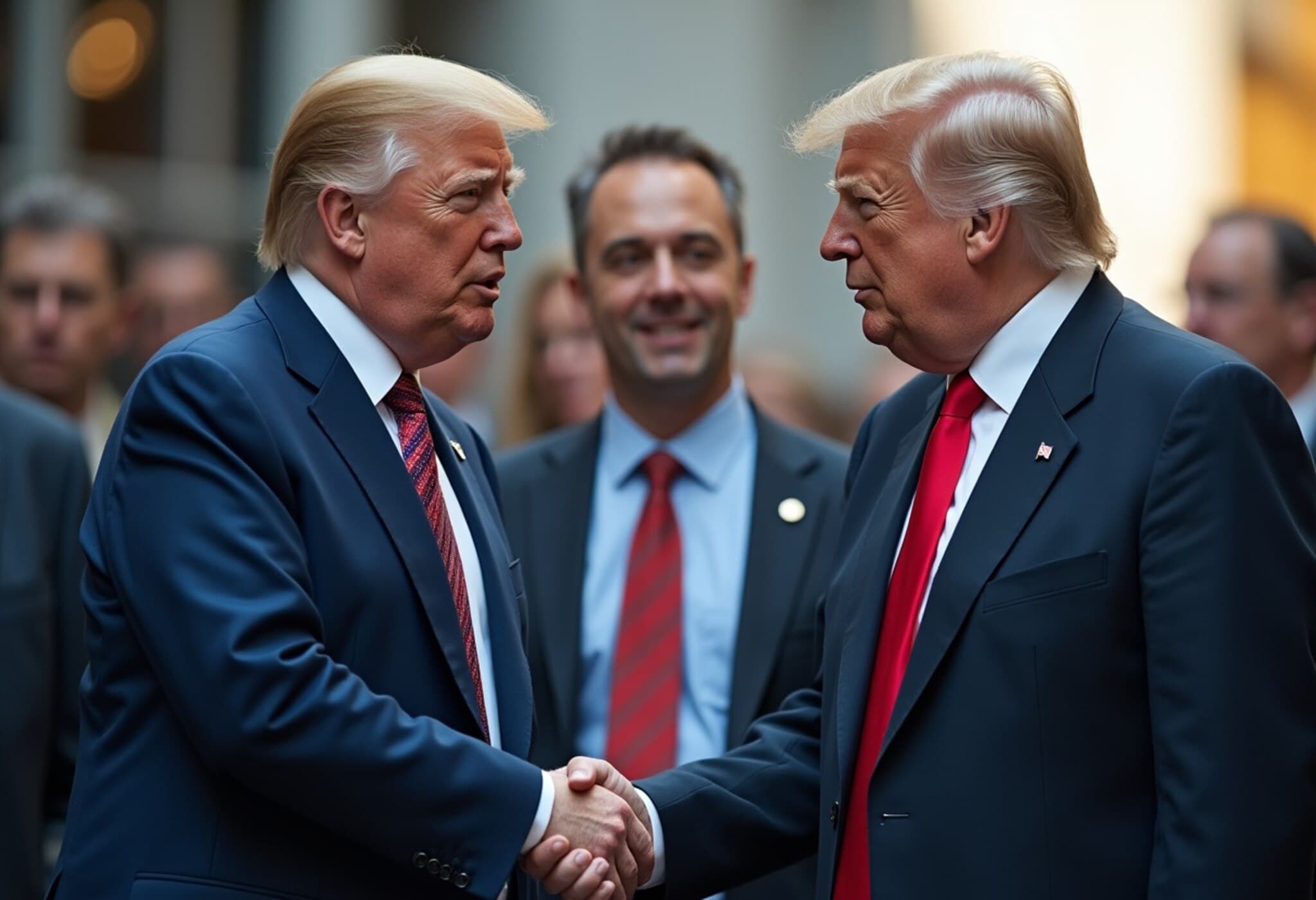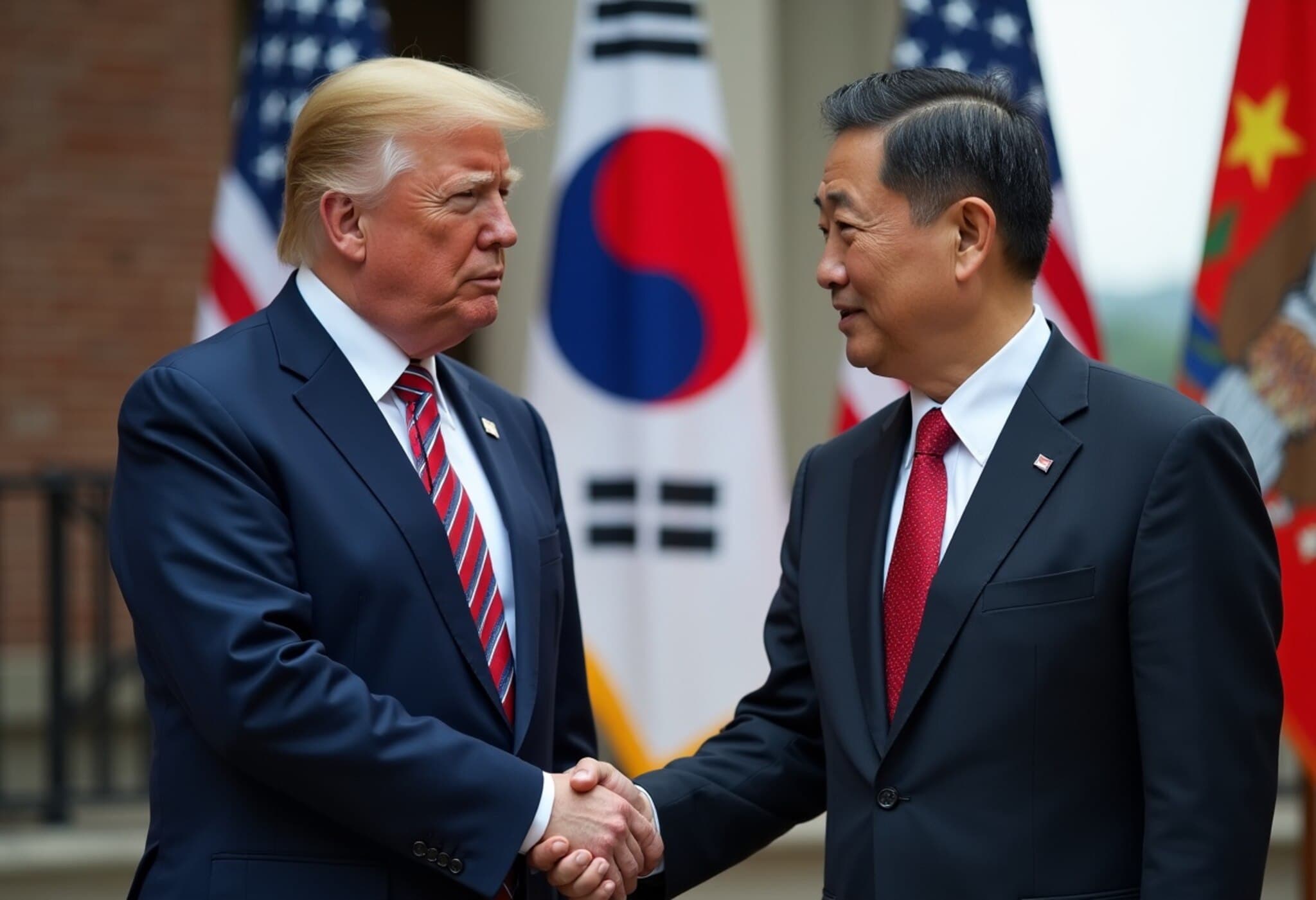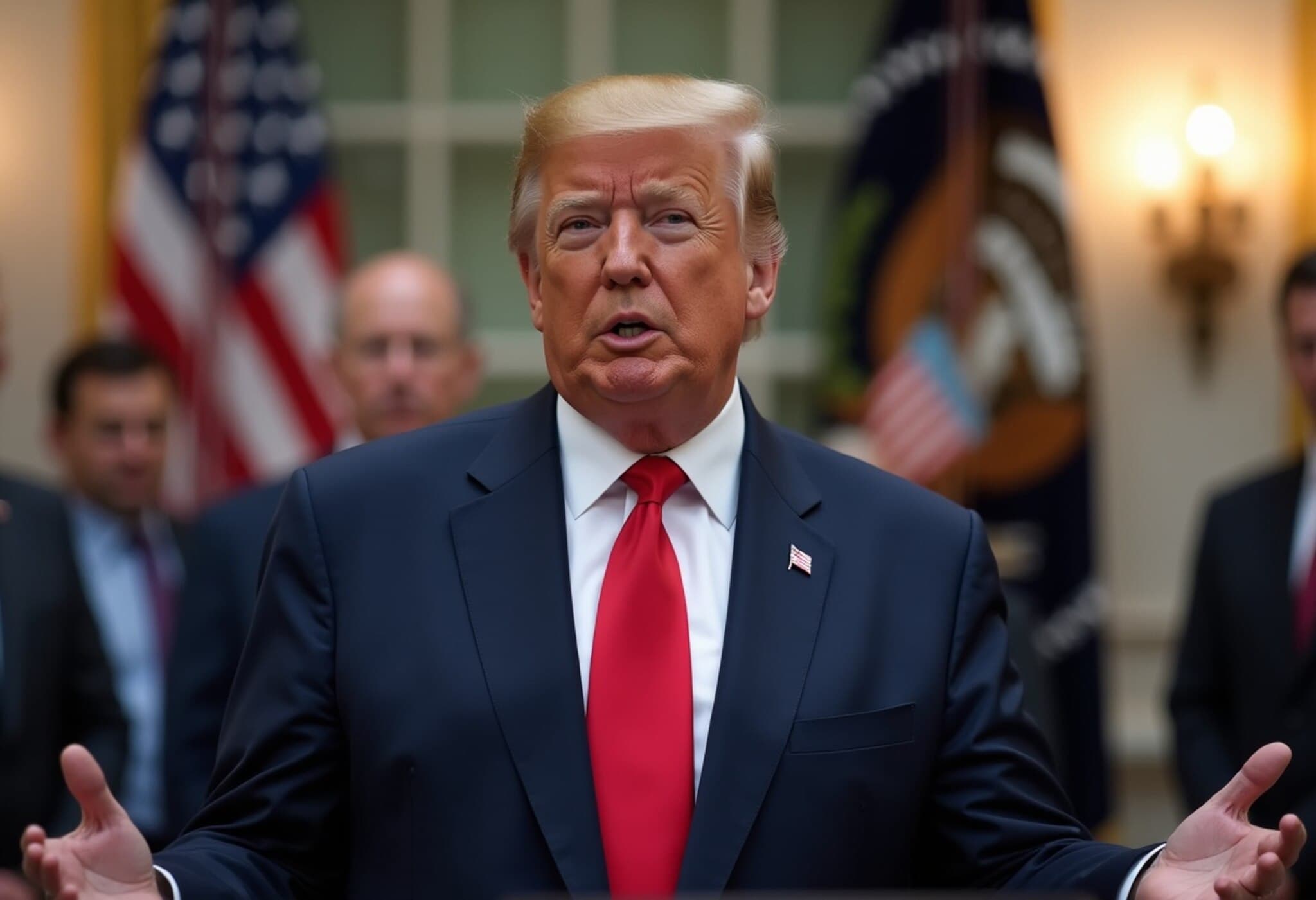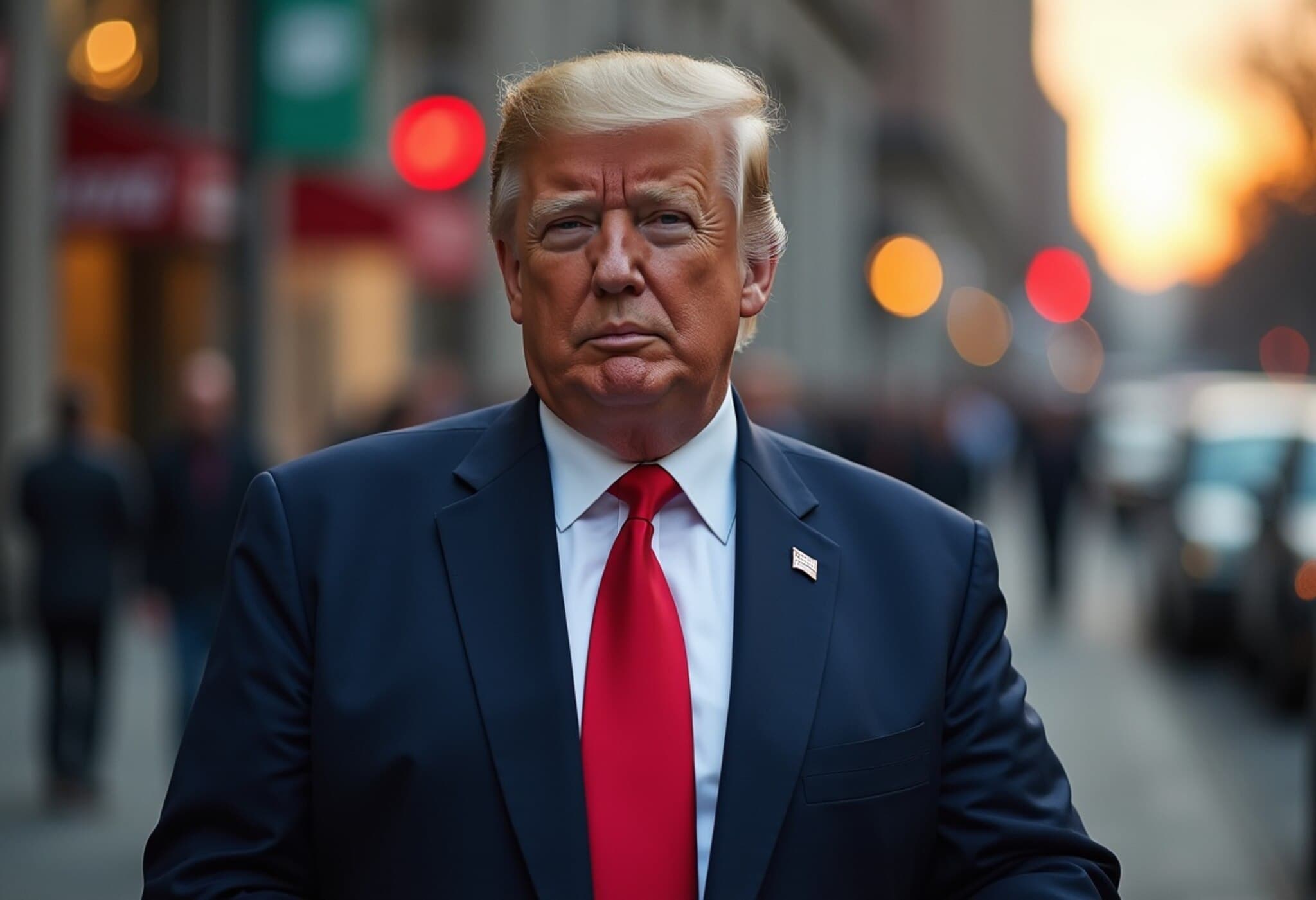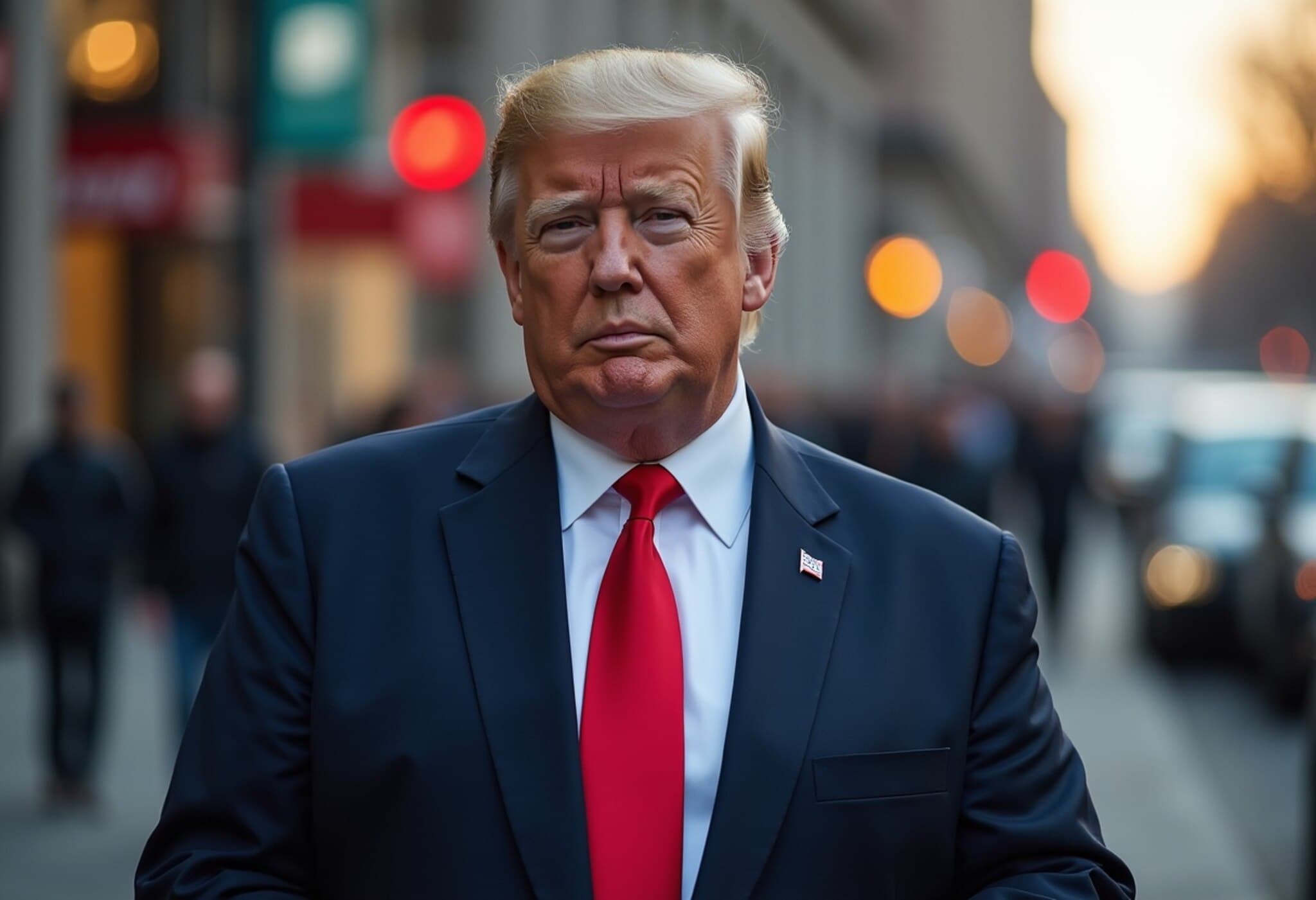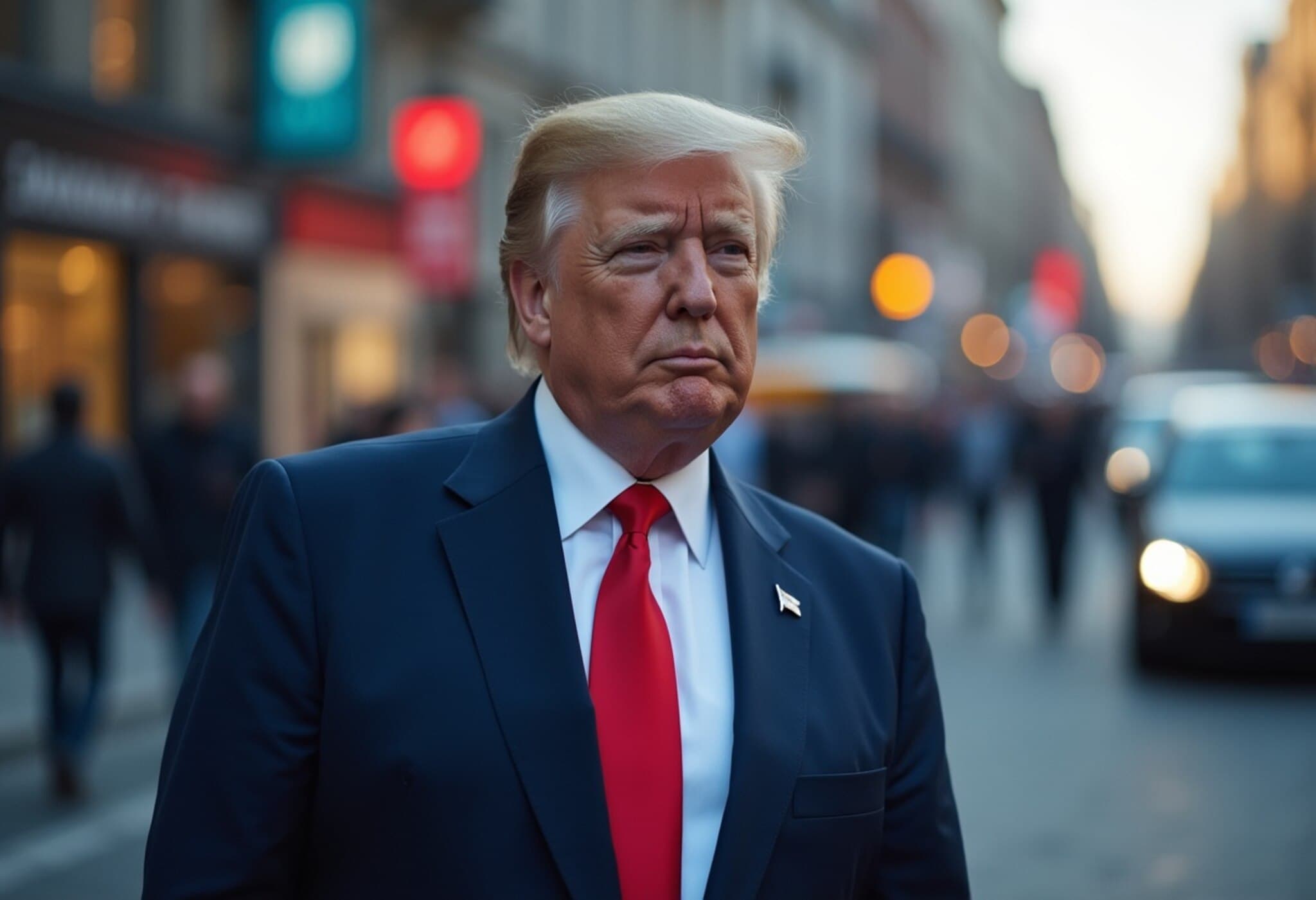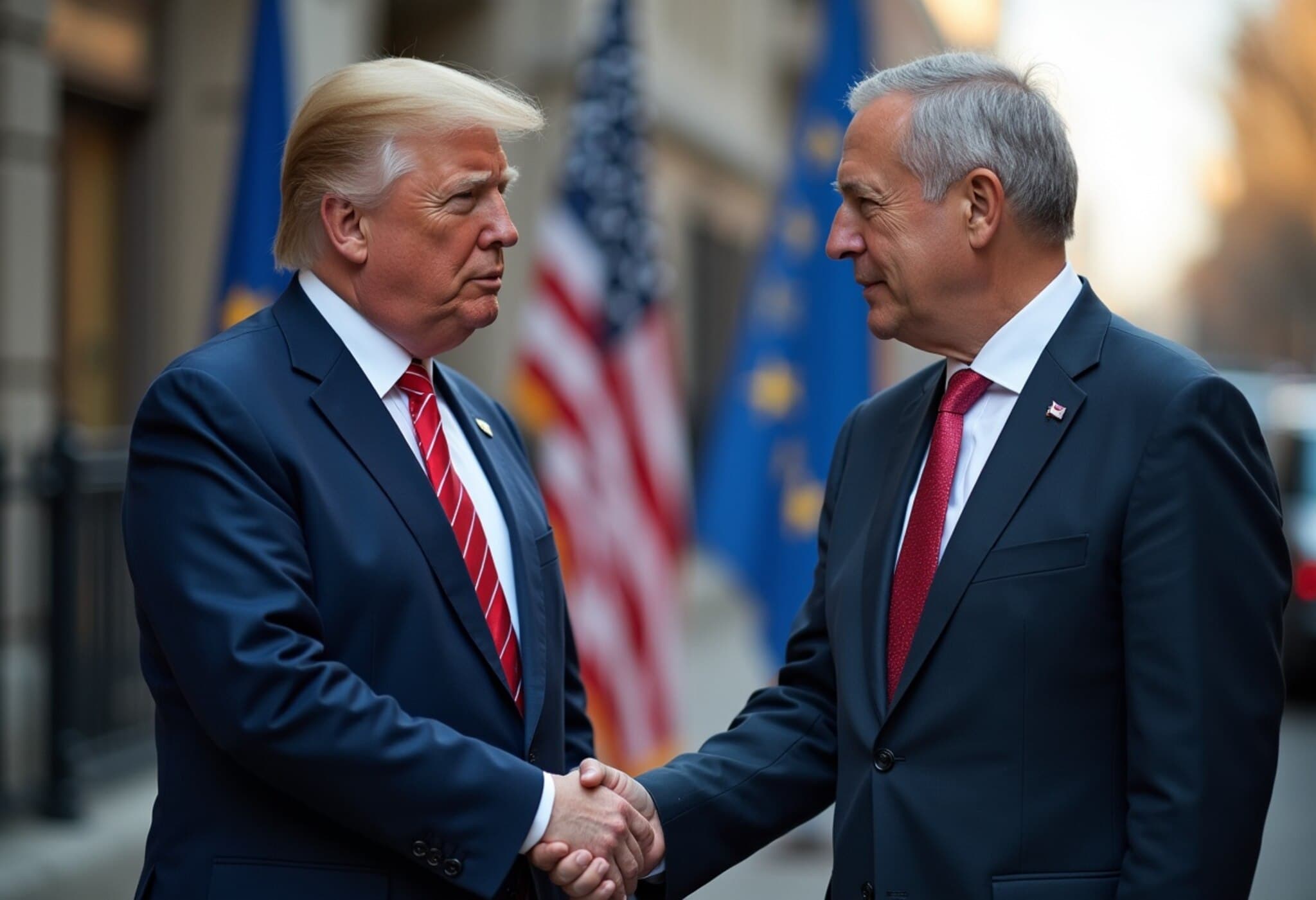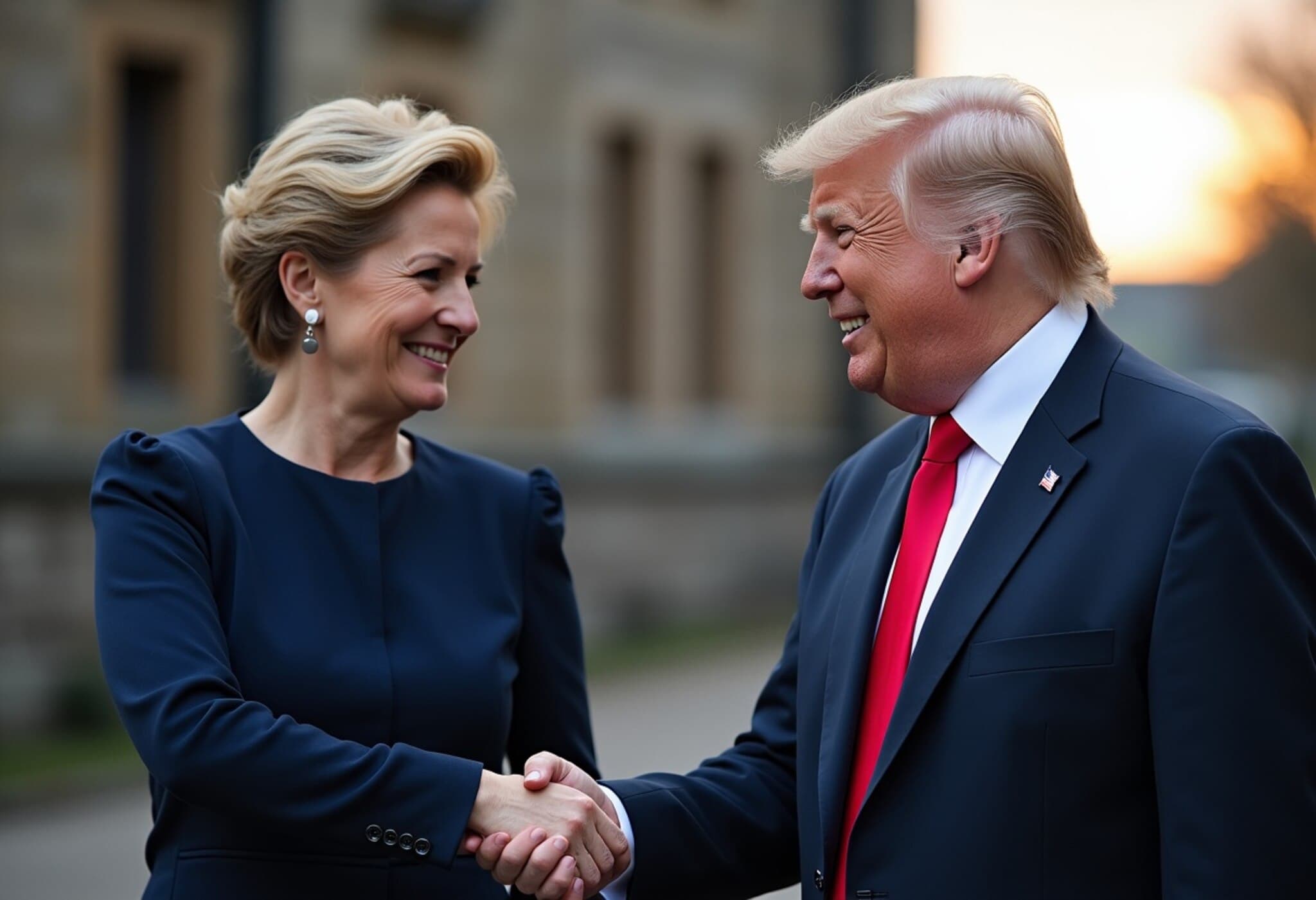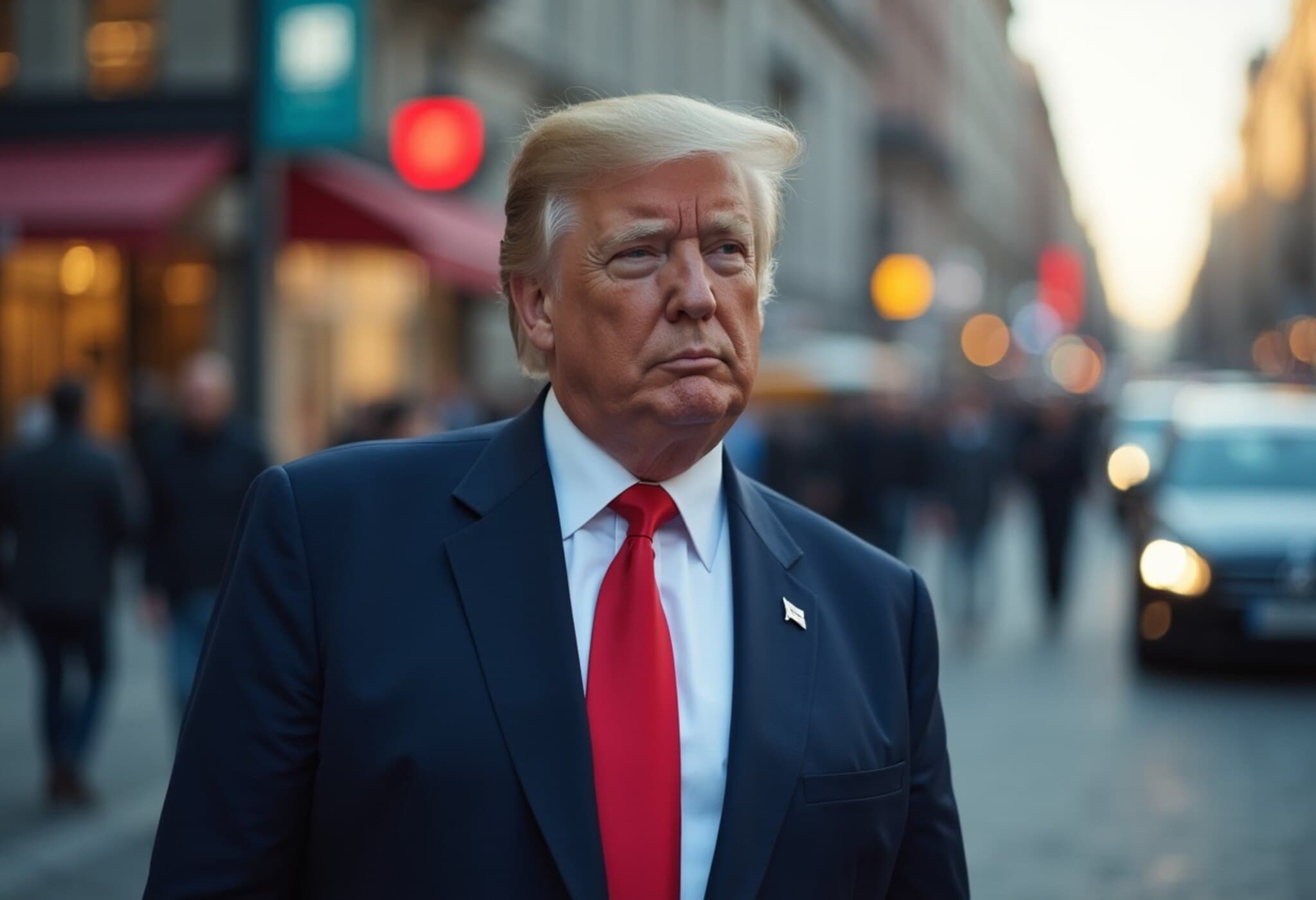Transatlantic Trade Talks Reach a Critical Juncture
As the August 1 deadline set by US President Donald Trump approaches, efforts to finalize a comprehensive trade deal between the European Union (EU) and the United States appear to be stalling. With negotiations showing little tangible progress, EU envoys are preparing contingency plans to brace for what many fear could be a no-deal scenario, marking a significant escalation in transatlantic trade tensions.
US Proposes Sweeping Tariffs on EU Goods
Reports from Bloomberg, citing insider sources, reveal that the Biden administration is pushing for near-universal tariffs surpassing 10% on EU exports to the US. Except for limited exemptions—such as aviation, certain medical devices, generic medicines, select spirits, and essential manufacturing equipment critical to US interests—most European goods could face new levies.
The Trump administration has already imposed hefty tariffs: 25% on cars and auto parts, 50% on steel, aluminum, and more recently, copper. Furthermore, additional duties on pharmaceuticals and semiconductor imports are looming, threatening to disrupt supply chains integral to global industries.
Current EU export exposure to US tariffs stands at an estimated €380 billion ($442 billion), accounting for nearly 70% of European goods shipped to the US.
EU’s Pushback and Strategic Calculations
Faced with these escalating tariffs, the EU is seeking broader exemptions and safeguards against future US levies. However, Brussels acknowledges that any prospective agreement may disproportionately favor American interests given the current political climate in Washington.
EU officials are carefully analyzing the overall trade imbalance to determine appropriate retaliatory responses. Such responses will require consensus among EU member states, underscoring the complexity and high stakes involved.
Contingency Plans and Potential Retaliation
In anticipation of a no-deal outcome, the EU has already authorized preliminary tariffs targeting roughly €21 billion of US imports, focusing on politically sensitive American states such as Louisiana, home to House Speaker Mike Johnson. Products under scrutiny include soybeans, poultry, motorcycles, and other agricultural goods.
Additionally, tariffs on a further €72 billion worth of US products are poised to be implemented in response to the US's automotive and other levies. These measures signify the widening trade rift and a tit-for-tat escalation that threatens to entrench further divisions between the two economic powers.
The Anti-Coercion Instrument: A New EU Trade Weapon?
The EU is also considering deploying its anti-coercion instrument (ACI), a relatively new tool designed to counteract deliberate economic pressure from foreign powers. If triggered, the ACI could impose taxes on major US technology firms, restrict US investments, or limit American companies’ access to European public procurement and markets.
This instrument requires the collective agreement of EU member states and is seen both as a deterrent against coercive trade practices and a signal of the EU’s resolve to protect its economic sovereignty in a rapidly politicized trade environment.
Expert Perspective: Navigating the Unprecedented Trade Stalemate
From a policy standpoint, this deadlock illustrates deeper structural challenges in EU-US relations, where geopolitical considerations increasingly shape economic decisions. The looming tariffs not only threaten industries and consumers on both sides but also raise urgent questions about the future of globalization amid rising protectionism.
Experts warn that prolonged uncertainty will likely disrupt supply chains, increase costs for manufacturers and end-users, and undermine confidence in international trade rules. For the US, reliance on tariffs as leverage risks alienating key allies, while for the EU, balancing assertive retaliation with long-term partnership goals is a delicate tightrope.
Looking Ahead: What to Watch
- August 1 Deadline: Whether the Trump administration follows through on the threatened 30% tariff and other escalations.
- EU Internal Consensus: The ability of EU member states to unify behind retaliatory measures or alternative diplomatic approaches.
- Broader Global Impact: How these tensions affect multilateral trade frameworks and the global economy’s post-pandemic recovery.
Editor’s Note
The unfolding stalemate between the EU and US underlines a pivotal moment where trade policy intersects with geopolitical maneuvering and domestic political agendas. As both sides prepare for a potential no-deal fallout, this saga prompts reflection on the resilience of international partnerships in a fracturing world order. Readers should consider how these developments might ripple through industries, consumer prices, and broader transatlantic relations, while watching closely the diplomatic channels still attempting to bridge this divide.

